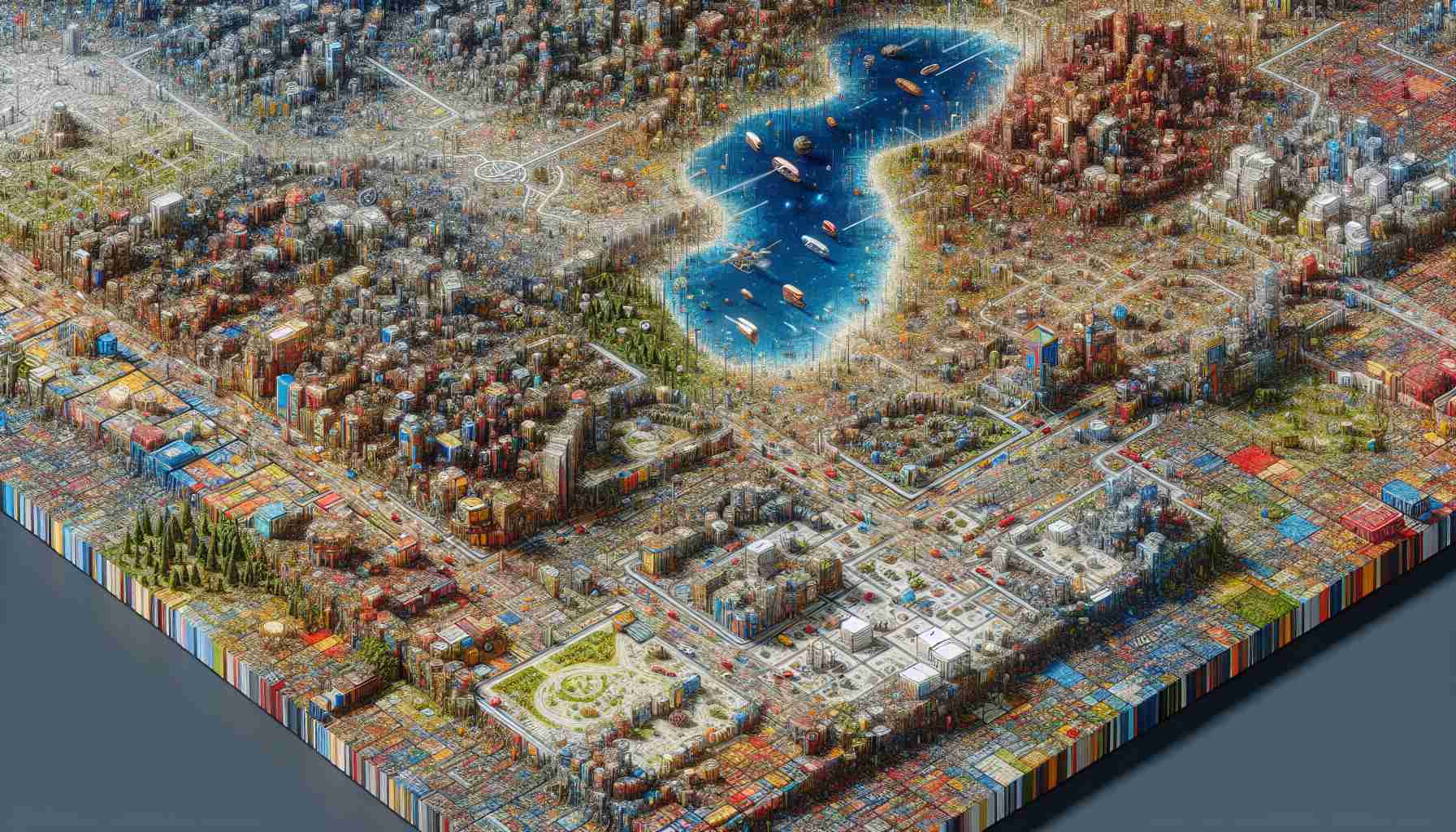- Zip codes are more than mere locators; they are storytellers of cultural and economic landscapes across the nation.
- Each zip code is part of a larger quilt that reveals the distinct character and identity of its locale.
- These numbers influence daily life by affecting mail delivery efficiency and access to services.
- For businesses, understanding zip codes provides strategic insights into customer behavior and market areas.
- Zip codes illustrate social dynamics, highlighting socioeconomic disparities and community identities.
- Despite the rise of digital communication, zip codes maintain their relevance by connecting people and places.
Beneath the surface of our daily mail lies an intricate web of codes that map the pulse of a nation. Zip codes, those seemingly mundane numbers that trail our addresses, hold more secrets than one might suspect.
Imagine a tapestry, a sprawling quilt stitched from coast to coast. Each zip code is a patch, vibrant with the character of its own locale. They are the keys to unlocking cultural enclaves and economic patterns, telling stories as diverse as a bustling market in New York City or the quiet serenity of rural Montana.
These number sequences dictate our lives in subtle ways. A few digits can determine the speed and efficiency of a letter’s voyage or the ease of accessing certain services. For businesses, understanding these codes translates to strategic advantage, revealing where customers shop or congregate.
From a broader angle, zip codes also paint a picture of social fabric—highlighting areas of affluence or struggle, educational disparities, or even health outcomes. They draw invisible boundaries, shaping identities within their perimeter. Yet, within these numbers lies a promise of unity, connecting parcels and people across vast distances.
What does your zip code say about you? It’s more than a locator—it’s a storyteller, whispering tales of community and identity. Next time you jot down those digits, remember they are more than a pathway for letters—they are the unsung narrators of a nation’s story. Embrace the hidden tales and urban legends that rest within them, for they map out the joys and challenges of where we call home.
In this digital age, as we shift further from physical addresses, let us not forget the understated yet profound role these numbers continue to play. After all, every zip code has a story waiting to be uncovered.
The Hidden Secrets Behind Your Zip Code: What You Didn’t Know
Unearthing the Story of Zip Codes
Beneath the surface of our daily mail lies an intricate web of codes that are more than just numbers; they are a tapestry representing the diverse character of various regions. Zip codes, essential tools for mail sorting, hold a treasure trove of information and insights about cultural, economic, and social landscapes.
The Origin and Evolution of Zip Codes
The zip code system was introduced by the United States Postal Service (USPS) on July 1, 1963, to improve the efficiency of mail delivery. As populations grew and urban areas expanded, a need for a systematic way to manage mail traffic became apparent. Zip codes have since evolved, influencing various aspects of life from urban planning to business strategies.
Beyond the Numbers: Social and Economic Insights
Zip codes do more than sort mail; they provide a lens through which analysts can study socio-economic patterns:
– Economic Indicators: Zip codes can reveal areas of economic prosperity or decline. This information is crucial for businesses when deciding where to open new stores or branches, as they can target locations with higher consumer spending potential.
– Healthcare Disparities: Data analysis using zip codes can highlight healthcare disparities. Regions with specific codes might show higher incidences of chronic health conditions, prompting public health interventions to address these issues.
– Educational Access: Educational opportunities can vary greatly across zip codes, with some areas boasting more resources and high-achieving schools, while others struggle with underfunding and lower educational outcomes.
Impact on People and Communities
– Identity and Community: Zip codes often become part of how people identify themselves geographically and culturally. They can unite or divide communities, fostering a sense of belonging or highlighting divisions.
– Political and Legislative Influence: Lawmakers and political analysts use zip codes to understand voting patterns and to allocate resources and representation. This understanding is crucial for creating policies that address the unique needs of each community.
Technological Advances and the Future of Zip Codes
In the era of big data and digital transformation, zip codes are more relevant than ever:
– Data Analytics: Companies now use sophisticated data analytics to interpret zip code data, predicting consumer behavior and tailoring marketing strategies to specific locales.
– Smart Cities: As smart city initiatives emerge, zip codes will play a significant role in managing everything from traffic flow to emergency services.
Related Links for Further Exploration
– United States Postal Service
– U.S. Census Bureau
Conclusion: More Than Just a Code
Next time you write down your zip code, remember it is more than a number; it is a storyteller—a reflection of a community’s history, struggles, and triumphs. Whether through shaping identity, driving business decisions, or influencing policy, zip codes remind us of the unsung stories they encapsulate and connect. Embrace their rich narrative and recognize the pivotal role they continue to play in shaping our world.
